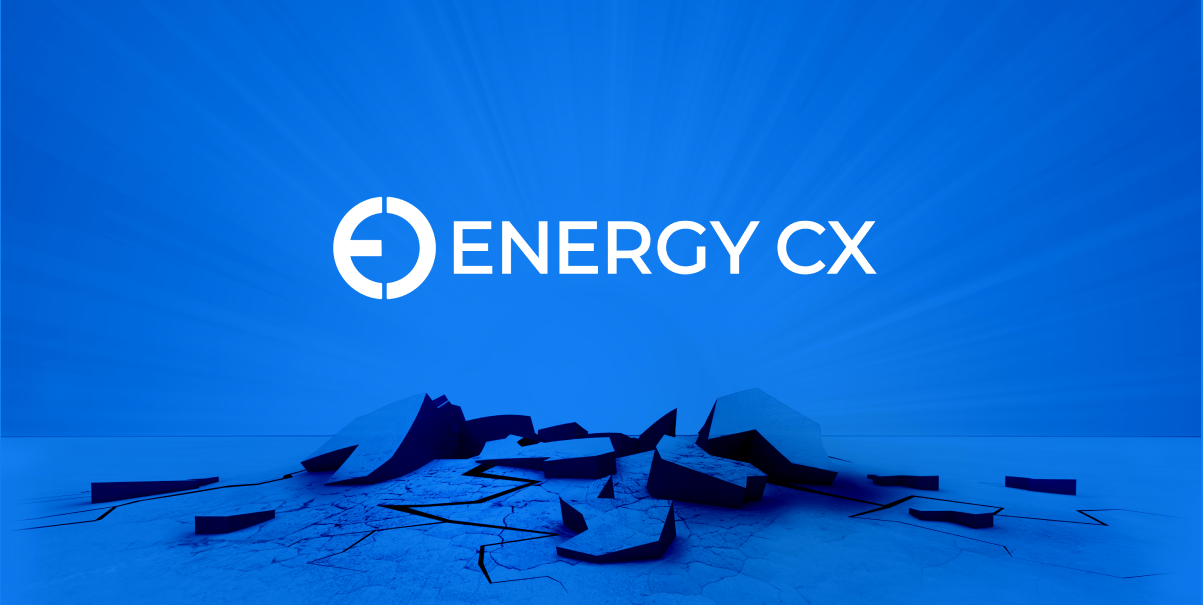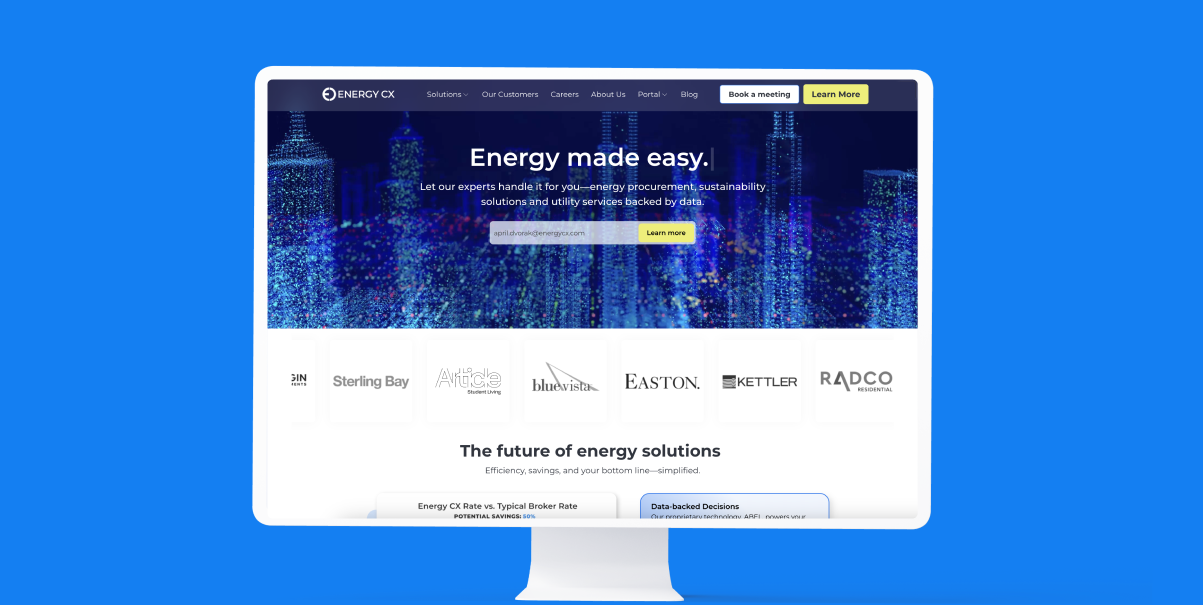5 Easy Ways to Boost NOI in Commercial Real Estate
In the dynamic world of commercial real estate (CRE), driving profitability is vital for success. There are concrete strategies that can substantially enhance the bottom line, so let’s go deeper into five actionable steps that can dramatically boost profitability in CRE, backed by examples and data-driven insights.
1. Streamline Operations for Efficiency and Cost Savings:
Efficiency is the cornerstone of profitability in CRE. By streamlining operations, property owners and managers can reduce overhead costs and enhance productivity.
Implementing property management software such as Yardi or AppFolio can automate tasks like rent collection, maintenance requests, and lease renewals, freeing up staff time and resources.
According to a study by the National Apartment Association, properties that utilize property management software experience an average increase in net operating income (NOI) of 6-10%. This translates to significant savings and improved profitability over time.
Additionally, optimizing workflows and standardizing processes can further enhance operational efficiency. Establishing clear communication channels between property management teams and maintenance staff can expedite issue resolution and minimize downtime, ultimately improving tenant satisfaction and retention.
2. Elevate Tenant Experience for Increased Satisfaction and Retention:
A positive tenant experience is instrumental in driving tenant satisfaction and retention, which directly impacts profitability in CRE. Property owners and managers can enhance the tenant experience by investing in amenities, providing exceptional customer service, and fostering a sense of community within the property.
Offering on-site fitness centers, co-working spaces, and recreational areas can differentiate properties and attract high-quality tenants. Additionally, prompt response to maintenance requests and proactive communication with tenants can build trust and loyalty, leading to longer lease terms and reduced turnover costs.
According to a survey by Kingsley Associates, residents who expressed satisfaction upon move-in renewed at a rate that was 59% higher compared to those who reported dissatisfaction at move-in. This underscores the importance of prioritizing tenant experience to drive profitability through increased occupancy and rental income.
3. Optimize Property Maintenance to Preserve Value and Reduce Costs:
Regular maintenance is essential for preserving the condition of commercial properties and mitigating costly repairs. Property owners and managers can optimize maintenance practices by implementing a proactive maintenance plan and investing in energy-efficient upgrades.
Conducting regular inspections, performing preventative maintenance tasks, and addressing issues promptly can prolong asset lifespan and minimize disruptions to tenant operations. Additionally, investing in energy-efficient lighting, HVAC systems, and insulation can significantly reduce utility expenses and enhance sustainability.
According to the Building Owners and Managers Association (BOMA), properties that invest in energy-efficient upgrades typically see a return on investment (ROI) within three to five years. By reducing energy consumption and operating costs, property owners can improve net operating income (NOI) and boost overall profitability.
4. Explore Revenue Opportunities Beyond Traditional Leasing Income:
Diversifying revenue streams can provide additional income opportunities and enhance profitability in CRE. Property owners and managers can explore alternative revenue sources such as leasing unused space for events or advertising, installing vending machines or ATMs, and offering value-added services to tenants.
Properties with vacant retail or office space can generate additional income by hosting community events, pop-up shops, or corporate gatherings. Similarly, installing vending machines or ATMs in common areas can generate passive income through rental fees or revenue sharing agreements.
According to a report by CBRE, properties that diversify revenue streams achieve higher overall returns compared to those that rely solely on leasing income. By exploring new revenue opportunities, property owners can mitigate risks and maximize profitability in a competitive market.
5. Cut Utility Costs Through Strategic Energy Procurement:
One of the most effective ways to boost profitability in CRE is by cutting utility costs through strategic energy procurement. Property owners and managers can partner with trusted energy brokers like Energy CX to negotiate favorable energy rates and optimize energy procurement strategies.
Energy CX helps clients save an average of 20% on utility expenses by leveraging market insights, analyzing consumption patterns, and negotiating competitive energy contracts. By reducing energy expenses, property owners can increase net operating income (NOI) and improve overall profitability.
According to a study by the Institute for Market Transformation (IMT), properties that invest in energy efficiency upgrades typically see a return on investment (ROI) of 10-30% within three to five years. By implementing energy-efficient measures and leveraging strategic energy procurement solutions, property owners can unlock substantial savings and drive profitability in CRE.
Boosting profitability in commercial real estate requires a strategic and multifaceted approach. By streamlining operations, enhancing tenant experience, optimizing property maintenance, exploring new revenue opportunities, and cutting utility costs through strategic energy procurement, property owners and managers can achieve sustainable growth and maximize returns on investment. Start by partnering with industry experts and leveraging data-driven insights to implement these proven strategies and propel your CRE portfolio to new heights of profitability.
Learn more about how Energy CX can help you save.



